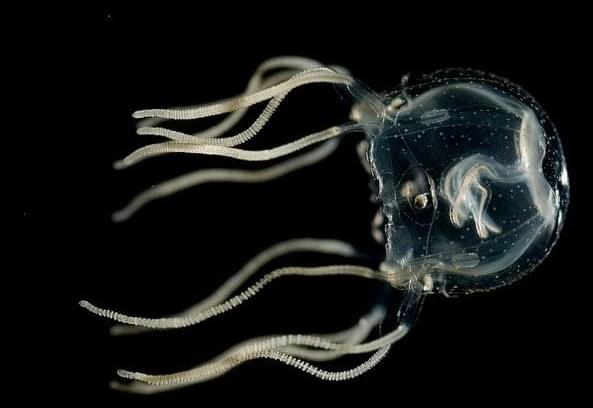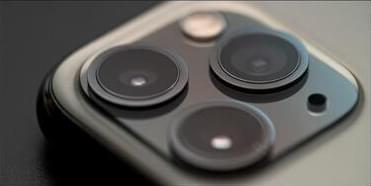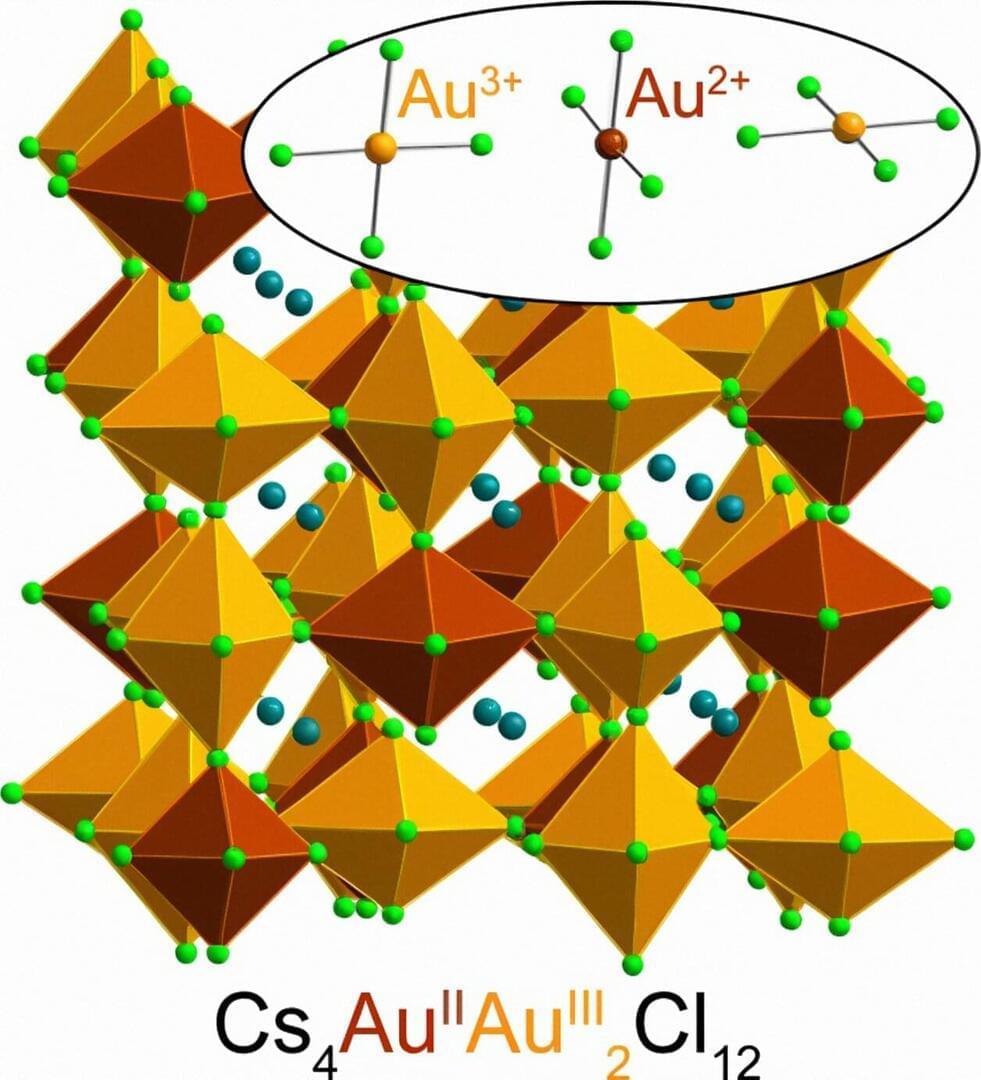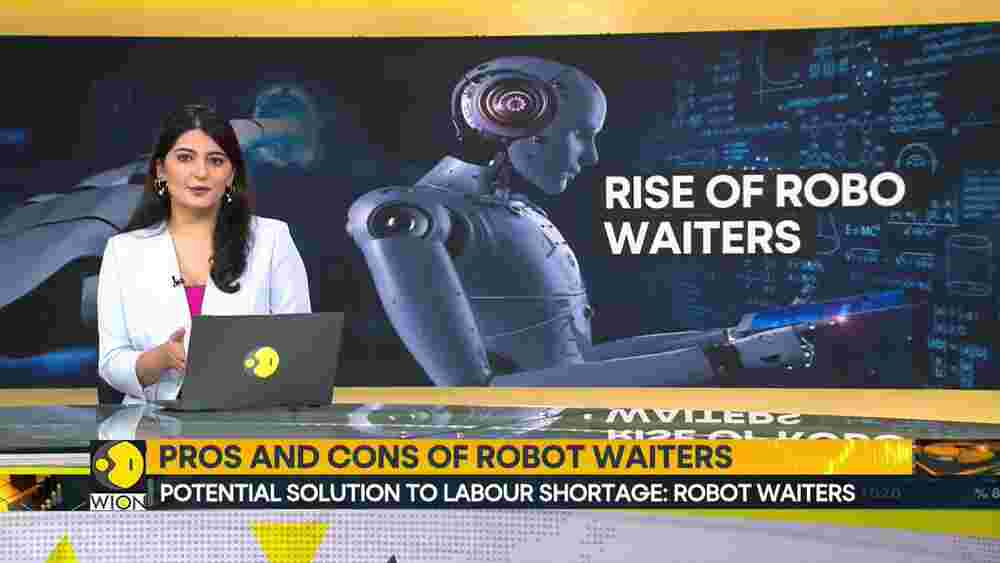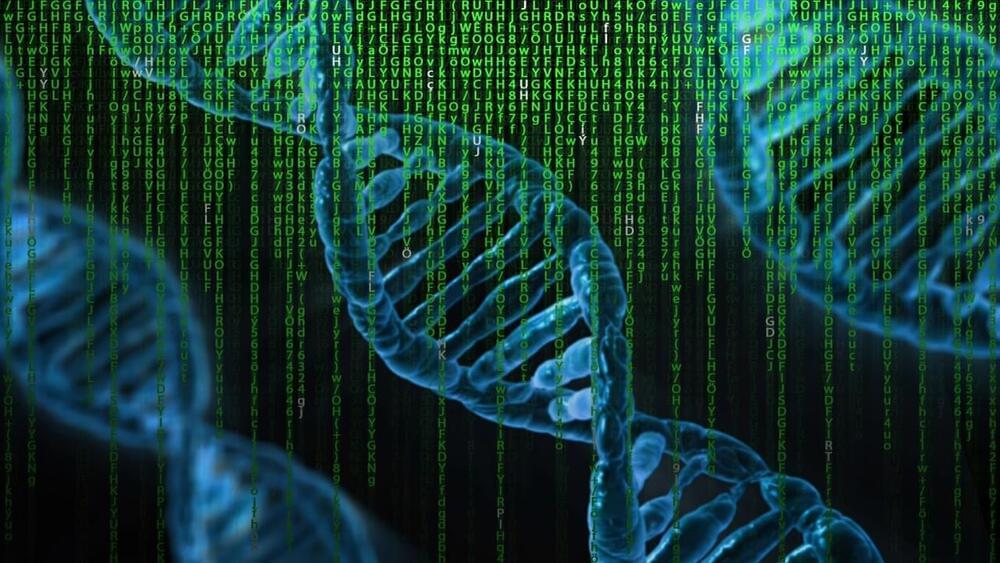The instrumental title track “I Robot”, together with the successful single “I Wouldn’t Want To Be Like You”, form the opening of “I Robot”, a progressive rock album recorded by The Alan Parsons Project and engineered by Alan Parsons and Eric Woolfson in 1977. It was released by Arista Records in 1977 and re-released on CD in 1984 and 2007. It was intended to be based on the “I, Robot” stories written by Isaac Asimov, and actually Woolfson spoke with Asimov, who was enthusiastic about the concept. However, as the rights had already been granted to a TV/movie company, the album’s title was altered slightly by removing the comma, and the theme and lyrics were made to be more generically about robots rather than specific to the Asimov universe. The cover inlay reads: “I ROBOT… HE STORY OF THE RISE OF THE MACHINE AND THE DECLINE OF MAN, WHICH PARADOXICALLY COINCIDED WITH HIS DISCOVERY OF THE WHEEL… ND A WARNING THAT HIS BRIEF DOMINANCE OF THIS PLANET WILL PROBABLY END, BECAUSE MAN TRIED TO CREATE ROBOT IN HIS OWN IMAGE.” The Alan Parsons Project were a British progressive rock band, active between 1975 and 1990, founded by Eric Woolfson and Alan Parsons. Englishman Alan Parsons (born 20 December 1948) met Scotsman Eric Norman Woolfson (18 March 1945 — 2 December 2009) in the canteen of Abbey Road Studios in the summer of 1974. Parsons had already acted as assistant engineer on The Beatles’ “Abbey Road” and “Let It Be”, had recently engineered Pink Floyd’s “The Dark Side Of The Moon”, and had produced several acts for EMI Records. Woolfson, a songwriter and composer, was working as a session pianist, and he had also composed material for a concept album idea based on the work of Edgar Allan Poe. Parsons asked Woolfson to become his manager and Woolfson managed Parsons’ career as a producer and engineer through a string of successes including Pilot, Steve Harley, Cockney Rebel, John Miles, Al Stewart, Ambrosia and The Hollies. Parsons commented at the time that he felt frustrated in having to accommodate the views of some of the musicians, which he felt interfered with his production. Woolfson came up with the idea of making an album based on developments in the film industry, where directors such as Alfred Hitchcock and Stanley Kubrick were the focal point of the film’s promotion, rather than individual film stars. If the film industry was becoming a director’s medium, Woolfson felt the music business might well become a producer’s medium. Recalling his earlier Edgar Allan Poe material, Woolfson saw a way to combine his and Parsons’ respective talents. Parsons would produce and engineer songs written by the two, and The Alan Parsons Project was born. This channel is dedicated to the classic rock hits that have become part of the history of our culture. The incredible AOR tracks that define music from the late 60s, the 70s and the early 80s… lassic Rock is here!
Check out my newer music videos and other fun stuff at:
www.youtube.com/djbuddylove3000
For music videos of the Old School funk, go to:
www.youtube.com/djbuddyloveoldschool.
Check out my music videos from the Roots Of Rap at:
www.youtube.com/djbuddyloveraproots.
If you like relaxing with some classic Cool Jazz, go to:
www.youtube.com/djbuddylovecooljazz.
To explore the world of The DJ Cafe, go to:
